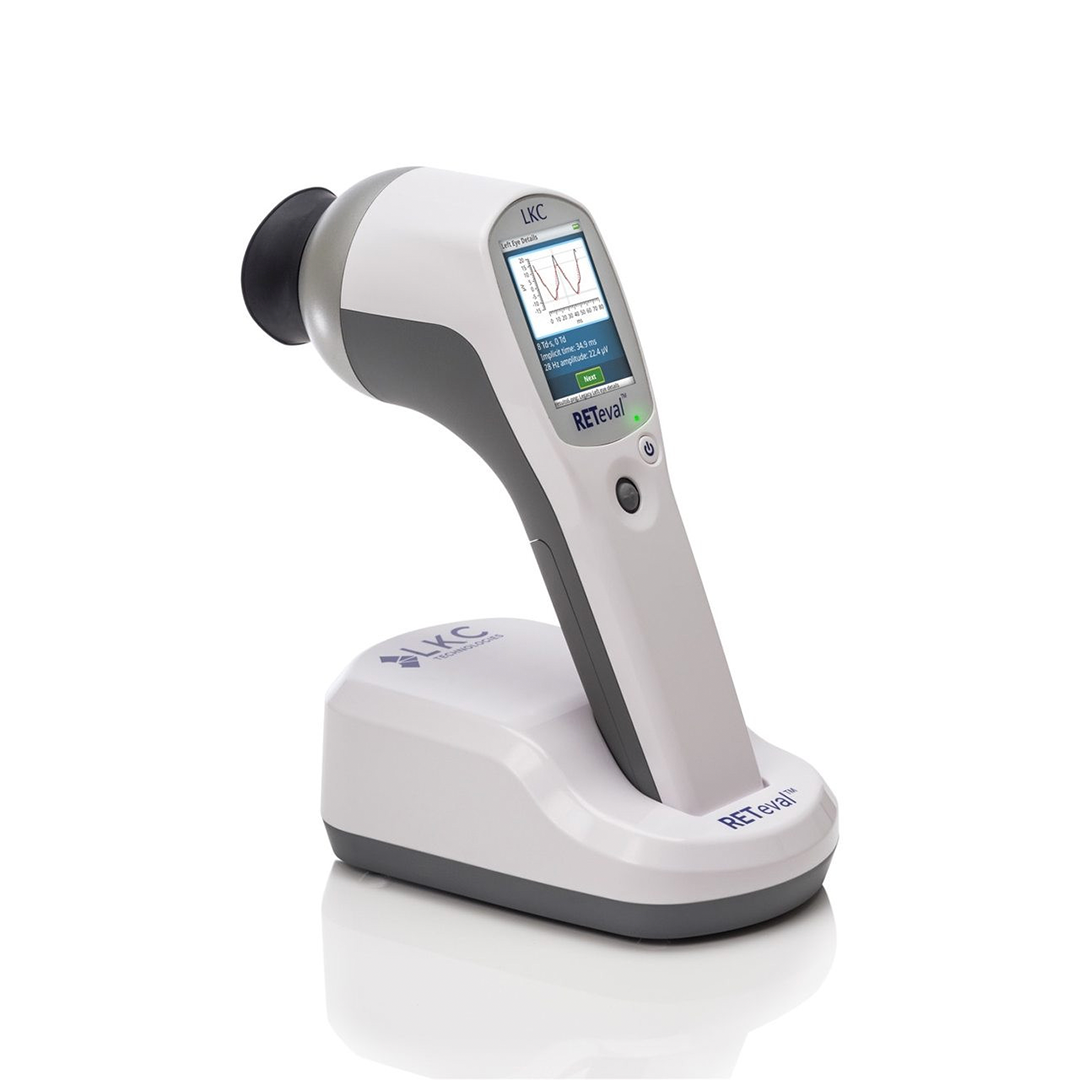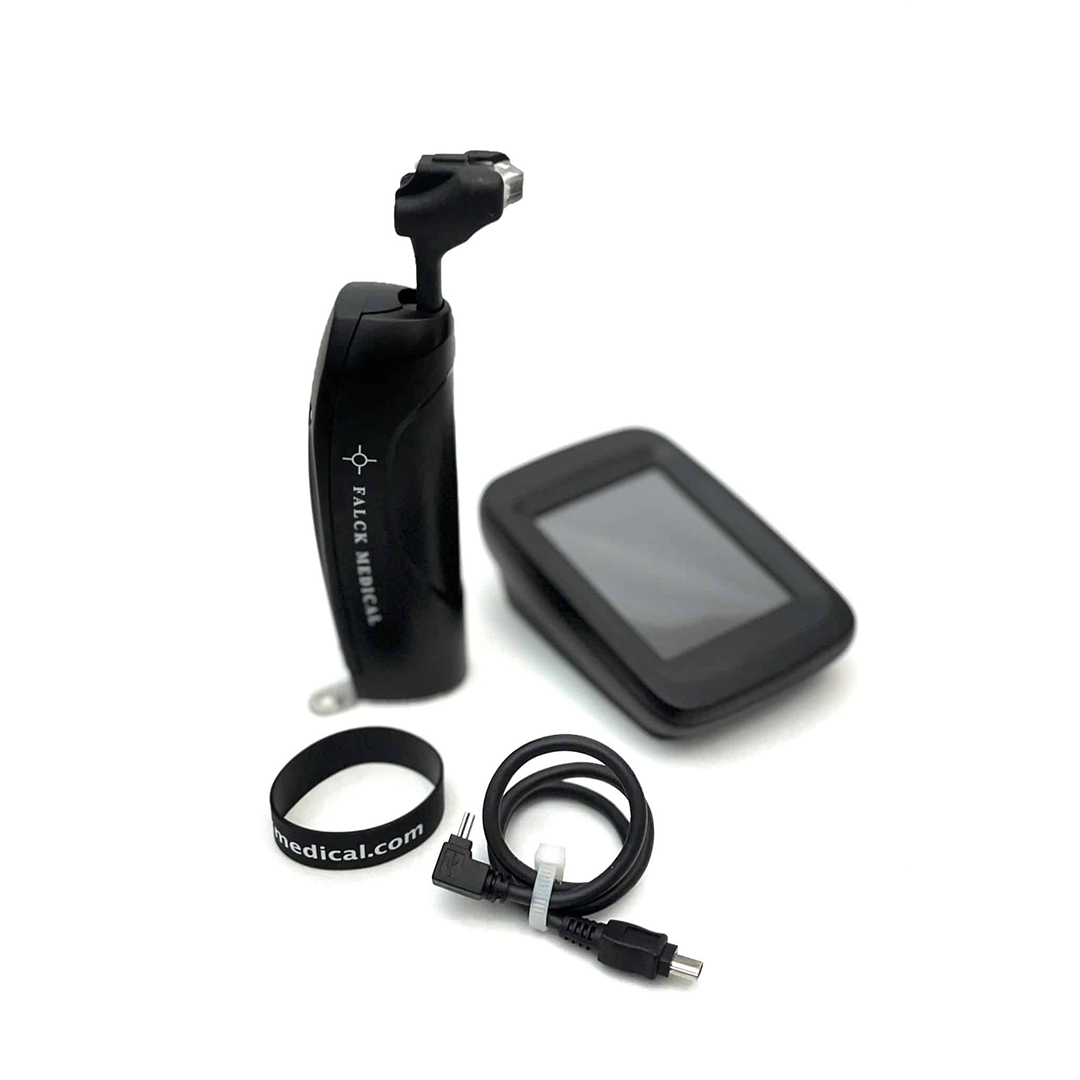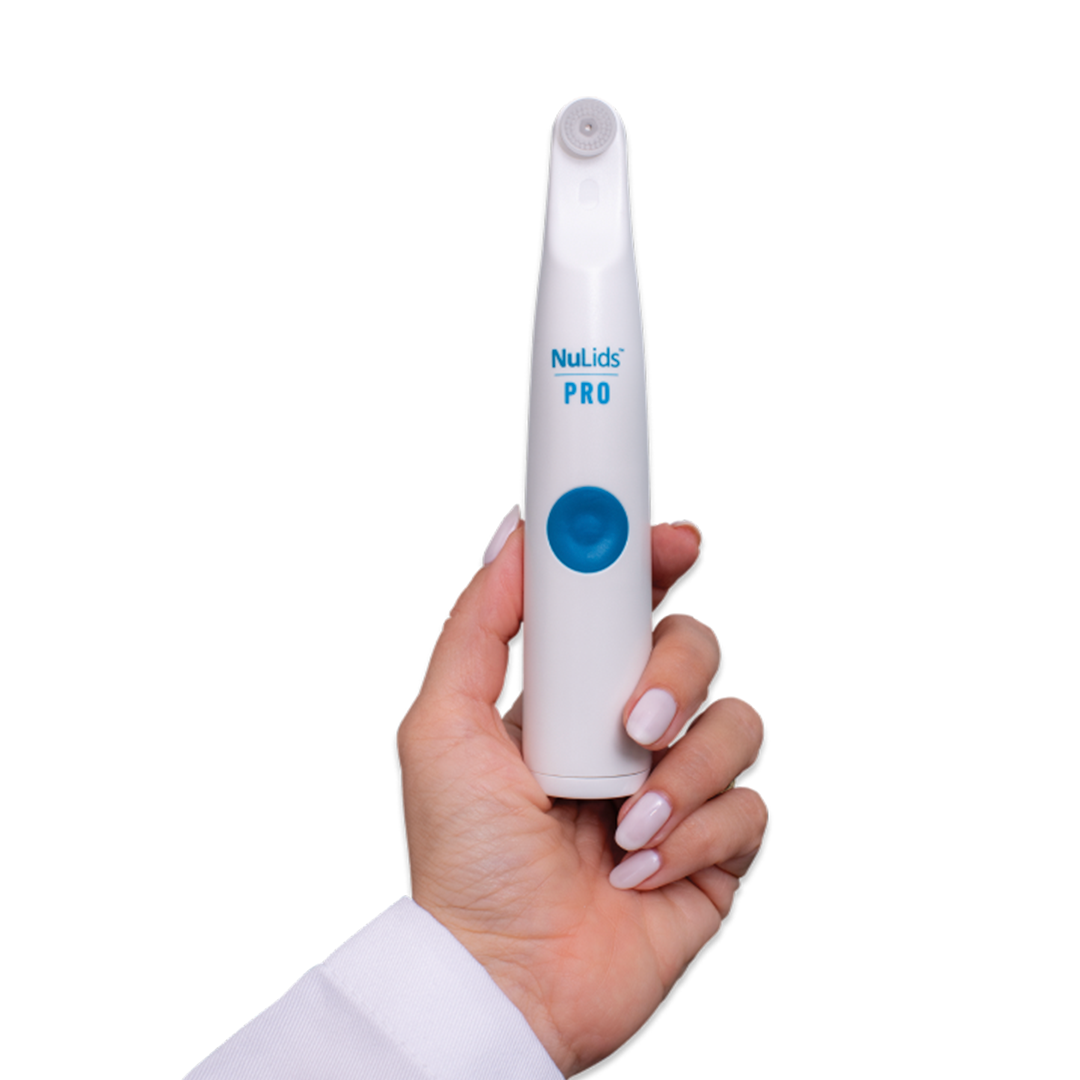Our Technology
Utilizing Cutting-Edge Technologies to Evaluate Eye Health

Optomap
The Optomap is a camera that uses a wide angle Nikon lens to see 90% of the inside of the eye in one image. Its purpose is to help patients better understand their own eye health by allowing them to see their eyes in a different way. These images are digital and can be referred back to for evaluation of changes inside of the eye. This makes exams more comfortable and quicker for patients. Depending on the doctors findings patients may not need to be dilated every year as was previously needed.

Optical Coherence Tomography (OCT)
The optical coherence tomography (OCT) is a medical instrument used by our office to obtain high-resolution images of the retina at the back of the eye. It works by measuring light entering and leaving your eye. These measurements are used to construct a detailed, layered map of the retina, which can help diagnose eye conditions such as macular degeneration, glaucoma, and diabetic retinopathy.

Virtual Field
This device uses the power of virtual reality to make a previously uncomfortable test much more convenient. It will measure your peripheral vision and help determine any blind spots you have. This is essential in the diagnosis of glaucoma, strokes and other conditions which can affect peripheral vision. It is even portable so if a patient has limited mobility we can still bring it to them to evaluate their vision.

iCare Tonometer
Measuring the pressure of your eye is an important part of your eye exam as having pressures too low or too high can indicate a problem. Many people dread the “air puff test”, but with the iCare tonometer you no longer have to worry. This portable, handheld device quickly and accurately measures eye pressure with no discomfort. It can even measure eye pressure without removing your contact lenses.

RETeval ERG
The RETeval ERG is a portable electroretinography (ERG) device used in eyecare to measure the electrical activity of the retina (the light-sensitive layer at the back of the eye) in response to light stimuli. It provides an objective assessment of retinal function without requiring pupil dilation or extensive preparation.

Rabin Cone Contrast Test
The Rabin Cone Contrast Test (RCCT) is a quantitative test of color vision that specifically measures the sensitivity of each of the three types of cone photoreceptors (red, green, and blue cones) in the human eye. Unlike traditional color vision tests (such as Ishihara plates), it provides an objective, numerical score for each cone type, making it highly useful in eyecare for both screening and monitoring visual function.

Falck Tonometry
The Falck Medical Multifunction Tonometer (FAT1) is a slit‑lamp-mounted ophthalmic diagnostic device cleared by the U.S. FDA in 2017 for multiple clinically important measurements: applanation tonometry, tonography and ophthalmodynamometry.

Transcranial Doppler (TCD)
A Transcranial Doppler (TCD) is a non-invasive ultrasound test that measures blood flow velocity in the brain’s major intracranial arteries, most often through thin areas of the skull (like the temporal bone).

Topographer
A corneal topographer (often just called a “topographer”) is a diagnostic device that maps the curvature and shape of the cornea, the clear front surface of the eye.
It produces a color-coded map that shows steep and flat areas of the cornea.
Most systems work by projecting concentric rings (Placido disk) or grids of light onto the cornea and analyzing the reflected image.
More advanced versions (e.g., Scheimpflug imaging, OCT-based systems) also measure corneal thickness and anterior segment structures.

NuLids Pro
NuLids PRO is a professional-grade eyelid cleaning / hygiene device used in-office (and with a home version) to clean and stimulate the eyelid margins.


